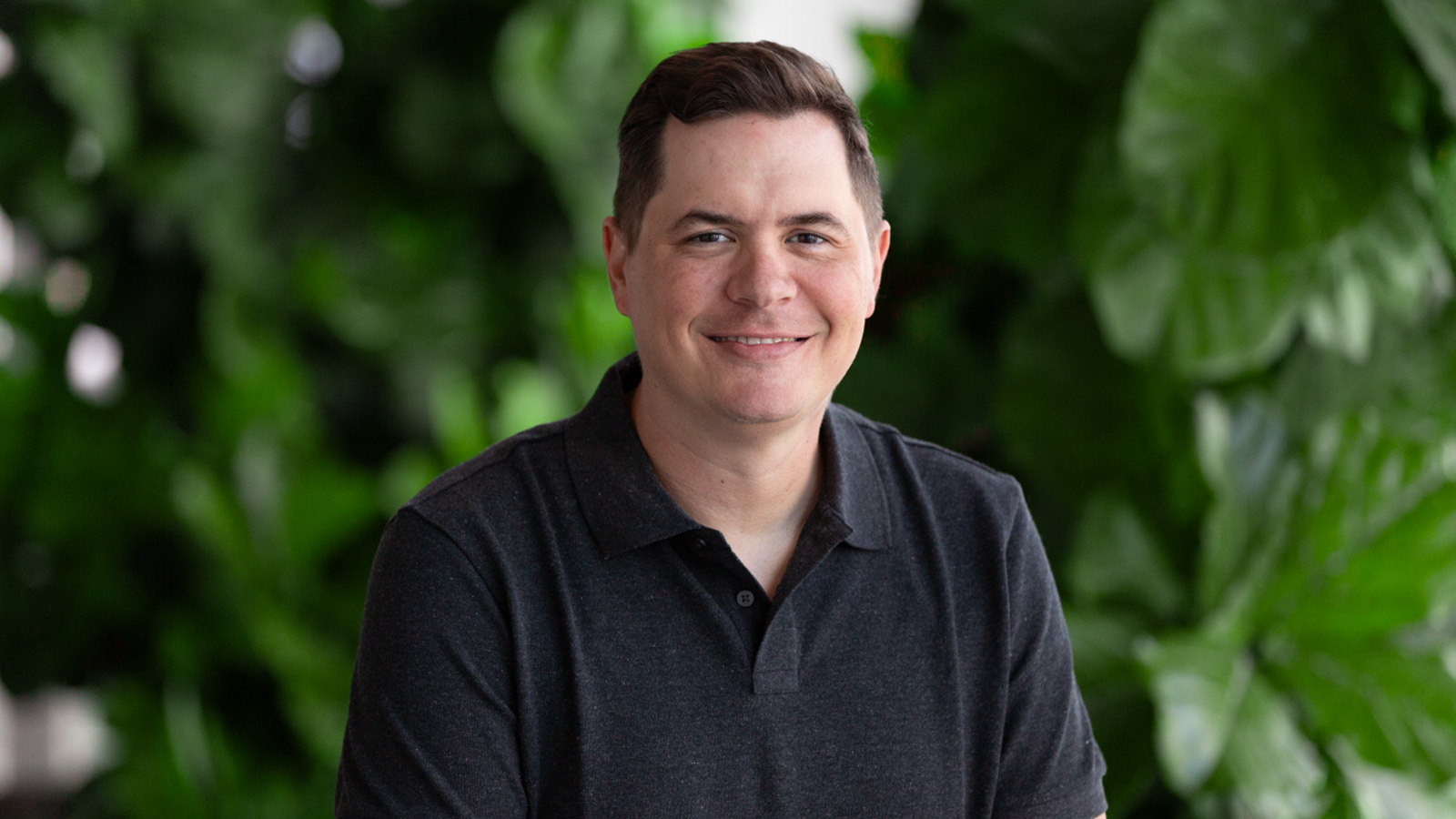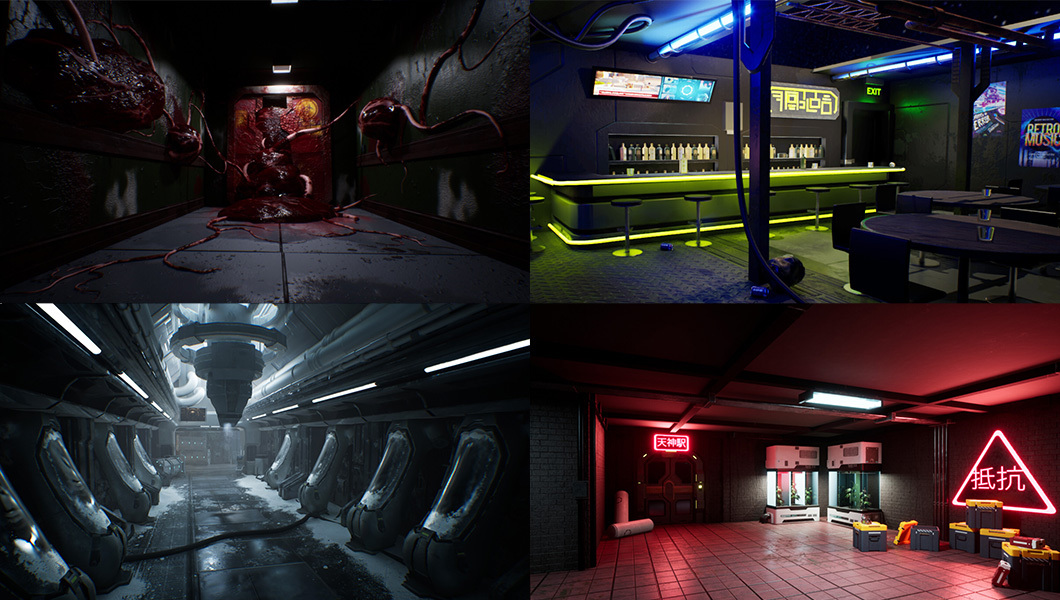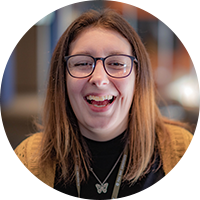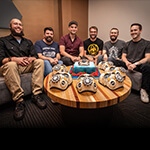Full Sail Stories
Published Oct 02, 2023
Faculty Profile: Jonathan Lewis (Project and Portfolio III, Game Art)
This instructor guides students through their first foray into Unreal Engine.

In Full Sail’s Game Art bachelor’s program, students learn to create 3D content to suit any game - from immersive 3D worlds to side-scrolling adventures. At the program’s halfway point, students enter Project and Portfolio III, a course in which they learn to create fully rendered 3D environments in Epic’s Unreal Engine.
Instructor and accomplished 3D designer – with experience in film, television, and with clients including Disney Theme Parks – Jonathan Lewis guides students through the demanding four-week course.
“I always tell my students, ‘This is the biggest project you have ever had to do up until this point at school. I'm trying to push you guys so you can get something that you're proud of for your portfolio, something that can go off to a potential employer,’” he says.
Broken up into four weeks of milestone assignments, the portfolio course is most students’ first real foray into creating within Epic’s powerful design engine. “I'm really showing them Unreal Engine for the first time. They've maybe been introduced to it, but they don't really have a lot of experience using it. [After a] month, they're diving in the deep end,” says the instructor.
In week one, students utilize Maya to model assets for their 3D interior environment, and in week two, they begin to develop the textures and materials to make their models more realistic. By week three, students are learning to light their scene and bring their environment to life. The month culminates with week four, focused on refinement and final delivery.
“With my film and television background, I'm really trying to push for stuff that looks very cinematic. A lot of what they're having to do is their final movies from the Unreal Sequencer, and we're talking about lenses, we're talking about different types of shots they can do, focal length and depth of field, things like that, so they get an understanding of how to showcase their work.”
Applying his own experience as not only a designer but a former Full Sail student, Jonathan empathizes with the realities of the accelerated degree, saying, “I know the nature of how Full Sail works, so it does dictate how I teach in the class. You learn a lot very quickly and these students are in school every day, eight hours a day…I’m always trying to teach them that they need to do research on their own and that they inevitably are going to run into problems, but problem-solving, troubleshooting? Those types of skills are invaluable.”

A selection of screenshots from student’s final designs made in Unreal Engine during Project & Portfolio III.
With a final deliverable in the form of a strong portfolio piece, students leave Jonathan’s class prepared to dive deeper into game art techniques and applications in the remaining half of the program.
“My favorite thing? I just like the results. When the students come into the class that first day, they feel like they're completely overwhelmed. Then, by the end of the month, they're extremely pleased and surprised – it's almost like they're motivated now because they see what they're capable of doing.”



